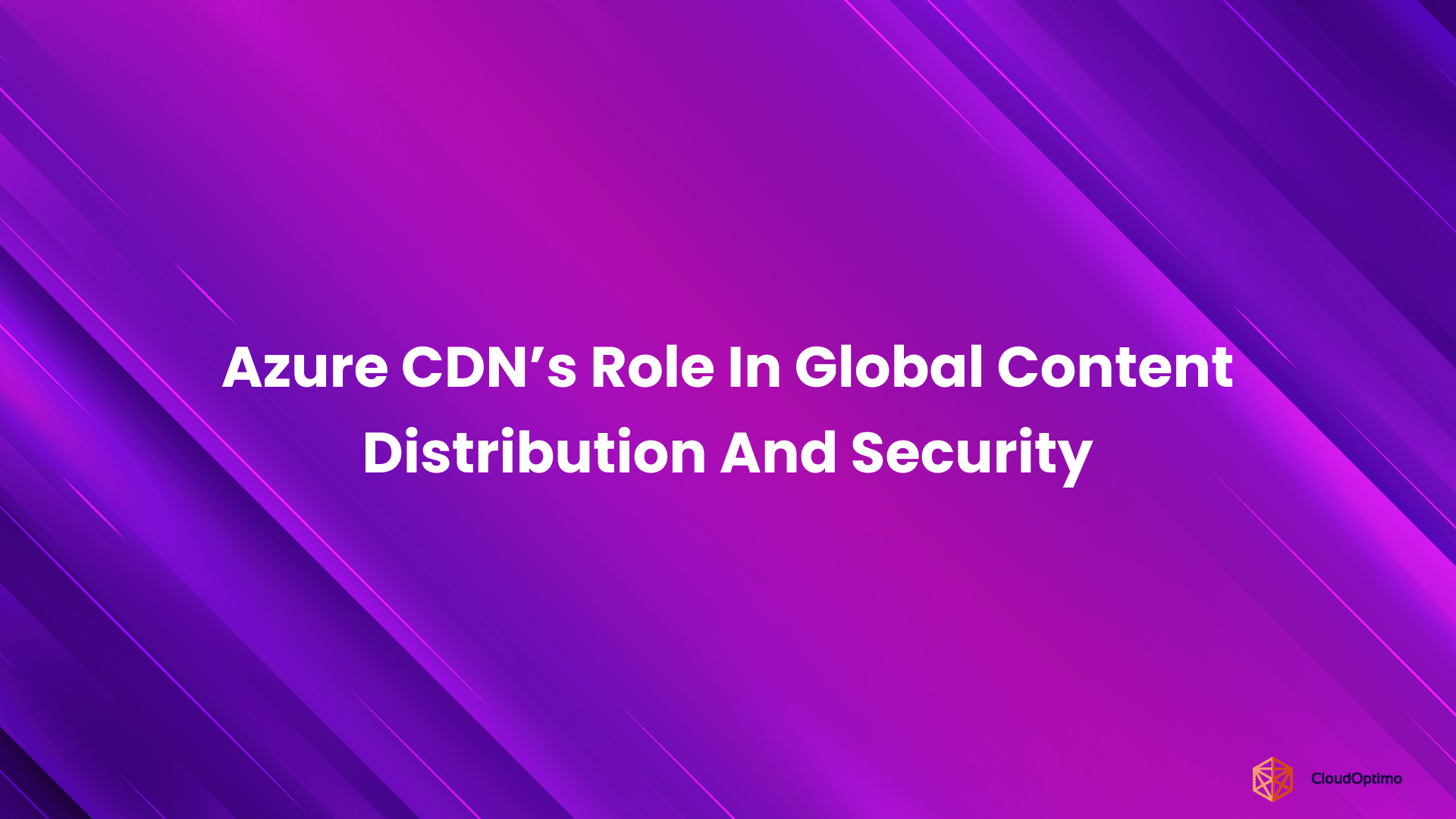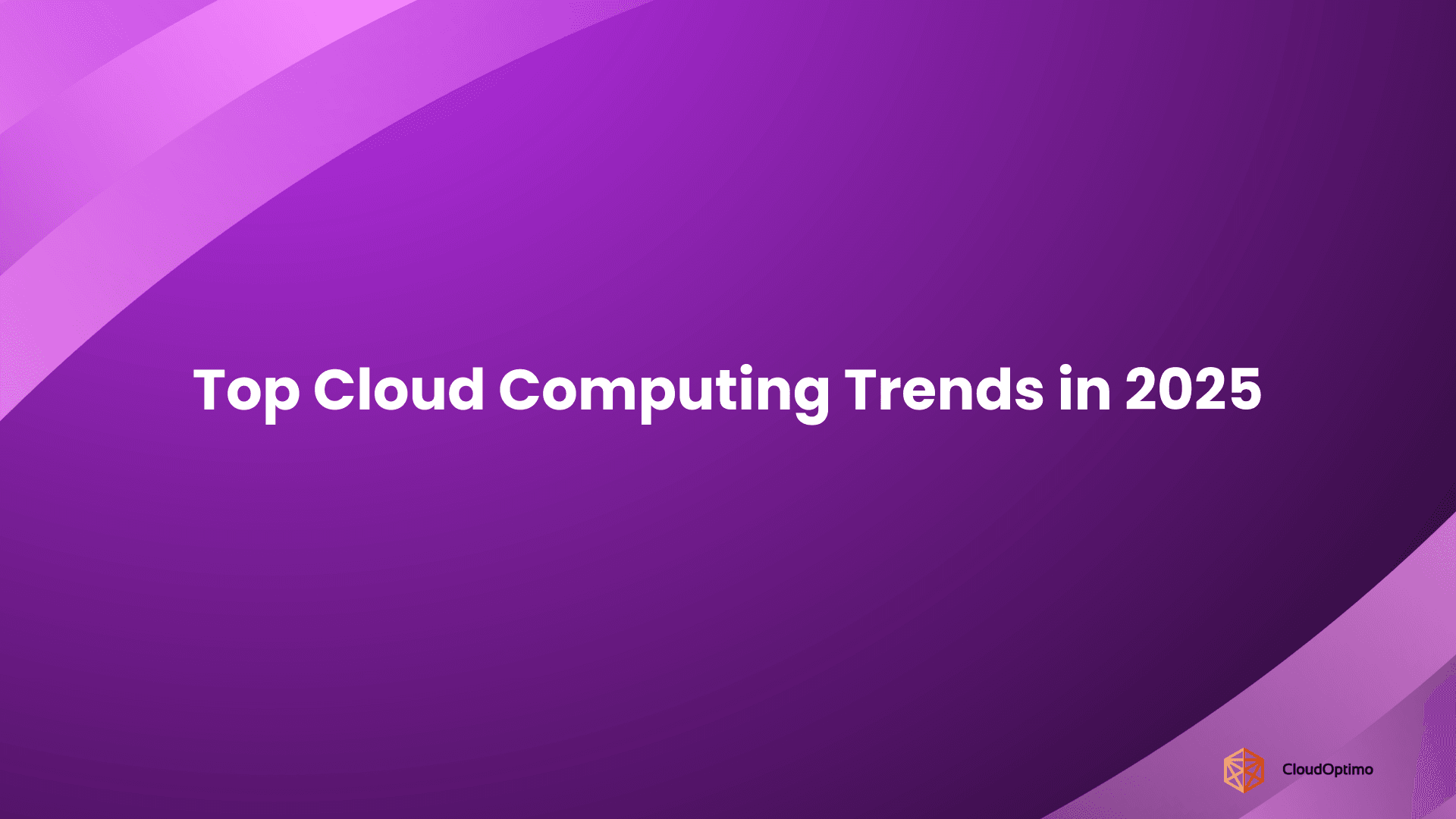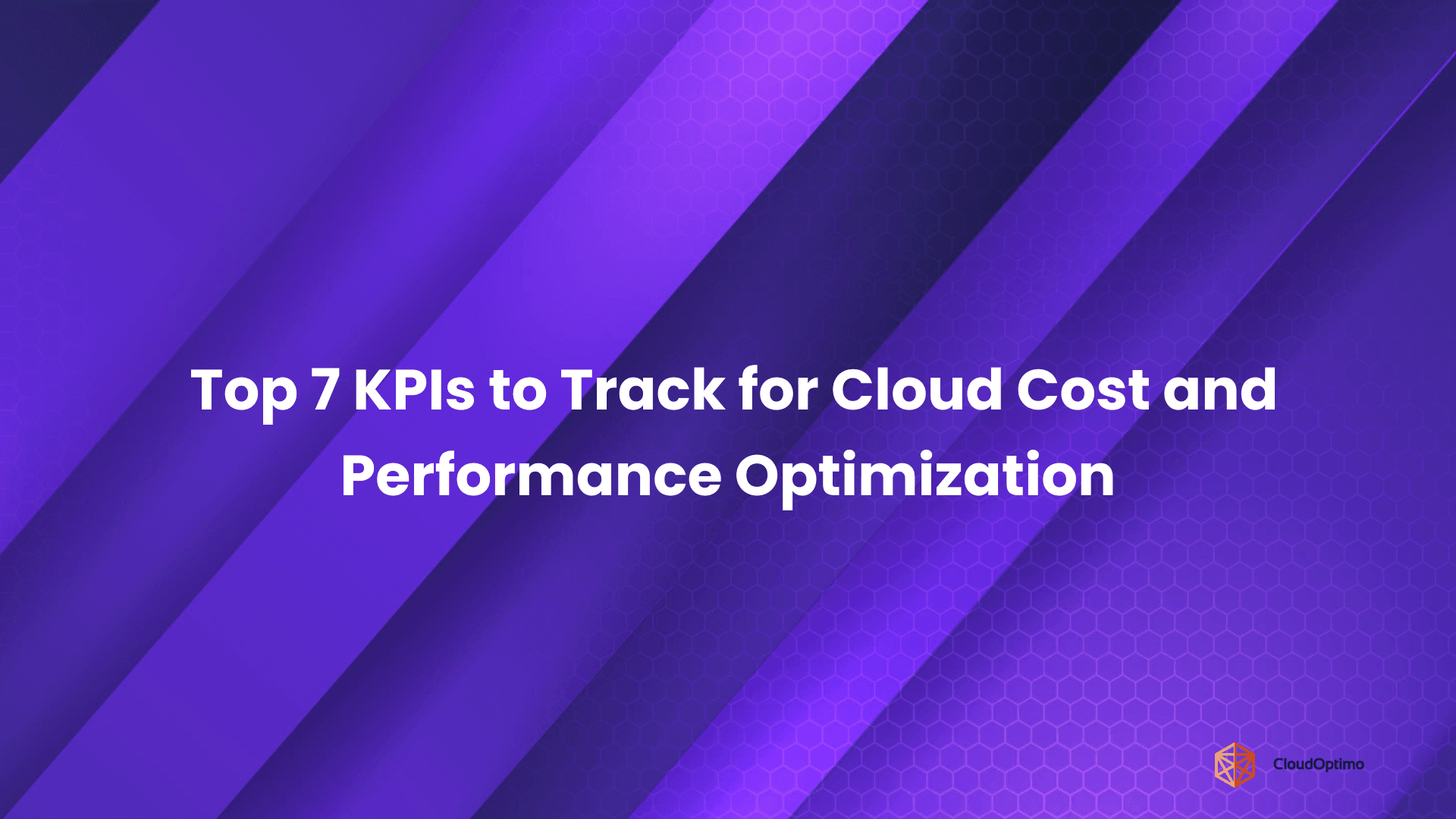Introduction
Today it might surprise someone to learn something like the internet which comprises social media giants, search engines, and countless other things that all rely on data centers. This hints at why data centers are the driving force behind the global information infrastructure system. Let's explore more about them.
What are Data Centers?
Data centers are facilities for storing and processing data safely and securely. It includes physical servers and other network hardware. This physical infrastructure also comprises external and backup power systems that ensure the smooth running of data centers in case of any power failure. It also has external networking and communication systems as an added layer of network security, environmental systems having the duty to control the temperatures making sure data centers are operational and efficient. This ensures they are always at 100% uptime if not close.
One would be right in saying, “data center is a piece of technology that fuels cloud computing”. The “cloud” in cloud technology doesn't refer to any naturally occurring phenomenon, rather it points to data centers rendering its services depending upon the workload and application it is designed for. Traditionally, organizations had on-premise infrastructures that met their needs. With advancements in cloud computing, data center infrastructure has evolved. It can now be accessed from anywhere around the world. Thanks to cloud service providers, providing scalability and prompt services that can support multiple application workloads and operating systems. It is now cost-effective while simultaneously addressing the concerns of security and reliability that organizations deem very crucial.
Data Centers Types:
Data centers come in many sizes; they can be small room-sized or warehouse-sized massive facilities. Over time, data centers have evolved and are bridging the gap from traditional on-premise systems to cloud infrastructures. Data centers typically fall into four categories depending upon the workload and application they are designed to handle.
- Enterprise data centers:
Enterprise data centers are physical facilities designed to process and compute data sensitive to the organization. The infrastructure is managed and maintained by in-house trained staff of the said organization. The infrastructure of enterprise data centers can be set up on-premise or it can be set up in a colocation to save costs. This type of data center provides organizations greater control over the data it deems sensitive and follows strict compliance standards set by the organization.
- Colocation data centers:
"Carrier hotels" are another name for colocation data centers, where you can rent space for your equipment. Colocation data centers offer your equipment power, room, and security. However, acquiring and installing such servers in carrier hotels is the user's responsibility. Colocation data centers might provide additional services to help you manage your servers but this is subject to change or may be included in your and depends on individual colocation data centers.
- Managed Services data centers:
The principle behind this type of data center varies from enterprise data centers when managing and maintaining your data centers. In this case, the management and upkeep of the data center are contracted out to a third-party business known as a managed services provider (MSP). The third party is responsible for looking after servers, maintaining storage, managing networks, and handling physical infrastructure like cooling and power. Management services data centers can be of two types. It can be partially managed or fully managed. Partially managed gives the enterprise some control over its data center, whereas in fully managed, the entire data center is outsourced to MSPs. This is very cost-effective, as businesses find outsourcing costs less than training staff to maintain and manage data centers. They are also scalable, and MSP’s expertise ensures that organizations' data centers run without issues.
- Cloud data centers:
Cloud data centers are similar to giant buildings that store data centers in large numbers. These facilities store, manage, process data, and provide services in the cloud. cloud data centers are highly scalable, cost-effective, and reliable. Cloud service providers like Amazon AWS, Microsoft Azure, and Google Cloud Platform(GCP) are responsible for managing and maintaining their cloud data centers, compared to managed services centers.
| Type | Description | Use Cases | Advantages | Disadvantages |
|---|---|---|---|---|
Enterprise Data Center | Enterprise-owned and operated | Control preference, high security, and large IT needs | Security and control over data centers is highest | Needs skilled IT staff, high upfront cost, and ongoing maintenance |
Colocation Data Center | Rented space is a shared facility | Cost-effective and reliable infrastructure | Diverse network options | Potential security risks |
Managed Service Data Center | Data center management and maintenance is outsourced | Improved efficiency, reduced burden | Access to data center management expertise | Reliance on provider, vendor lock-in |
Cloud Data Centers | IT infrastructure and services delivered over the internet | Scalability and flexibility on a pay-as-you-go basis. | Scalability, flexibility, and global reach | Vendor lock-in, security concerns, limited control. |
A look inside Data Centers Powering the Cloud
Data centers are the engine behind thousands of cloud computing operations processing data and services. Following are the key points on Data centers that have made cloud computing possible and easy to access.
- Physical Infrastructure
Cloud infrastructure data centers are huge. These data centers house many servers, storage systems, networking equipment, and cooling infrastructures. All work in tandem to deliver cloud computing solutions.
- Networking infrastructure
Data centers possess high-speed networking equipment for transferring huge volumes of data at a breakneck speed. Processing data and services in cloud computing requires flawless data transmission, achieved through high-speed connections that keep latency to a minimum.
- Virtualization Technologies
Cloud computing leverages the data center's virtualization capabilities to enable a single server to host multiple virtual machines. Like any physical computer, these virtual machines have an operating system and allocate necessary resources for memory and computing power. Thus, data center virtualization capabilities allow maximum server utilization with optimal efficiency.
Thanks to Data centers, users on the cloud can scale their resources depending on their application workload.
Data centers have enabled users to access the cloud from anywhere worldwide with minimum downtime. They are spread across multiple regions. This lets cloud service providers distribute their workloads across multiple regions and reduce latency.
Security Measures
Data centers have robust and layered security systems to avoid and mitigate risks. Data centers offer:
Physical security:
They are isolated systems with restricted access. Environmental controls like fire security, proper electrical management, and temperature control are in place to ensure servers are working efficiently.
Network Security:
Data centers have firewall safety that filters incoming and outgoing traffic, it has intrusion detection and prevention systems as well as virtual network segmentation. Virtual network segmentation dissects the network virtually into segments. In case someone or something compromises the network, one can pinpoint which segment has been affected, and necessary countermeasures will be taken to heighten the security.
Data Security :
Proper security methods such as data encryption, access control, and necessary data backup and security strategies are applied to make sure the data present on the servers in data centers is safe and secure. This ensures the data is confidential, has integrity, and is available.
Factors to Consider While Choosing the Right Data Center Model
Know your specific needs thoroughly and understand how data centers work. Before you choose any data center model, these are the key factors you should know about.
- Security is Paramount
Data is important to any business. Although cloud service providers do offer the most secure and reliable data security services thanks to robust security features and industry standard compliance certificates, if you do want more control over your data you might need something where you have full control. For example, your business is involved in the healthcare industry. The data under your organization's possession is sensitive information and the workload needs to be strictly compliant with the regulations you follow. A private data center is the model that fits this scenario. This enterprise data center best suits your needs.
- Scalability
Depending on your application workload, the public cloud service provider's services are scalable. As per your application workload, this lets you scale up or down and use resources. Just pay for the services, which are very cost-effective, savings that you can channel towards something more useful. However, private data centers also provide scalability solutions on par with public cloud service providers. When looking from a long-term perspective, if there are no highly variable workloads, the cost of owning a private data center is less, and the upfront cost is high as you have to invest in data center infrastructure and take into account training your It staff for effectively running the data center.
- Cost as a deciding factor
Private and Public data centers offer robust security and compliance to safeguard sensitive data information. However, the cost depends on the type of workload and usage pattern.
If the application workload varies and there is an unpredictable usage pattern, public cloud service providers are cost-efficient. It has a pay-as-you-go model, in which you have to pay for the resources used, with no extra hidden charges.
On the other hand, if an application workload is consistent and high-volume, then a private data center is cost-effective over the long term. As mentioned earlier, the upfront cost of setting up infrastructure and training IT staff are the only factors that need to be considered. These upfront costs can be negated by predictable operational expenses incurred over time.
- Compliance Regulations and Technical Expertise
Some organizations follow strict compliance requirements that include data residency and regulatory compliance. Public cloud service providers offer their services in cloud regions dedicated to meeting such requirements. However, if the need for control over data residency is a priority, then the private data center model is best suited.
Public cloud service providers handle it themselves when maintaining and managing their data center services. In the case of private cloud, technical expertise is required, so a dedicated in-house IT staff is trained, which might add to the overall cost but guarantees greater data control for the organization, giving a great deal of importance to security and isolation.
Factor | Description |
Deployment Model |
|
| Location |
|
| Scalability |
|
| Reliability |
|
| Security |
|
| Cost |
|
| Network Connectivity |
|
Whichever data center, be it private or public data center models, one has to choose the data center depending on the workload its organization demands that fulfill these three requirements: security, scalability, and cost. For variable workloads and unpredictable usage, public data centers fit the models. Similarly, private data centers are preferred for mission-critical applications where control over the flow of information and data is a top priority. Most organizations opt for the mix between the two and call it a hybrid approach.
Select the appropriate data center model, whether hybrid or not, that can fulfill and empower your business to grow.
To conclude, data centers play a vital role in cloud computing. They provide a strong and safe foundation for cloud computing services to work. You must have realized that it is crucial to be familiar with different types of data center models that help you leverage data center power that can work for your organization's benefit.





